The big decisions that boards and their CEOs make determine the future performance of the organization and ultimately the return to shareholders. As an example, the headline Intel $15.3 billion acquisition of Mobileye confirmed earlier this week will strongly impact the future of the organization and the transportation industry.
In your business, whether making a decision with an impact of thousands, millions, or billions, is it possible to have a more predictable outcome? The answer is yes and a few practical steps can help you and your stakeholders improve on the decision quality.
Lay Out Your Assumptions
The first step in delivering more predictable outcomes is to ensure you have clearly laid out your assumptions about the future and the impact on the company. Have your key people clearly lay out the assumptions and impacts linked to actual data. If you don’t have the data work together with the management teams to create it, assemble it, or buy it if necessary. As an example, I was working with an organization that needed to predict future demand patterns in Asia and particularly China. Over the course of 3 months the team worked on stratifying the data necessary to make a presentation to the board on their best possible assumptions about future demand and the impacts on positioning and pricing- assumptions that assisted the board in approving investments and ultimately delivering long-term profitability.
State the Objectives
Once your assumptions are clearly visible and quantified for company impact, you can move to the second step which is to concisely state the objectives of the decision(s) and the measures your organization will use in the evaluation of alternatives. Often an error I have seen taking place in the boardroom is for the Chair and/or CEO to assume that everyone agrees on the objectives and the way they are being measured. A quick polling finds that there is a wide variance in both which can lead to skewed decision making or inaction. This second step need not be particularly time consuming and can lead to increased quality in the decision-making output.
Consider All Alternatives
The third step is to make sure that all the alternatives reasonably possible are considered. While it is often assumed that “we must take this decision for _____” the reality is there are frequently far more options available. I met with a CEO recently who able to propel their company to outstanding success by entering new markets in Indonesia and Singapore even while their home market was plateauing. The board had initially thought that they would be stuck in a protracted market share battle in the traditional markets served and the consideration of something completely different drove excellent success.
Consider the Risks
Lastly prior to making the final decision ensure the risks have been well considered and addressed. Looking back at what has happened and the massive value destruction at Hewlett-Packard with their $19 Billion purchase of Compaq it was clear prior to the transaction that there were many risks that had not been addressed and that ultimately punished shareholders badly and left a once great organization in a difficult position. Your management team and board should both provide independent input into the risks and possible mitigation programs that minimize potential disruption.
Big decisions are not only for the largest multi-nationals: one of our family office clients made a big decision in diversification 10 years ago that have moved them into a global market leading (and profit) position while transitioning out of a declining industry. The great challenge and opportunity with your people is to identify what will happen in the future and how best to be ready to supply and service it.





